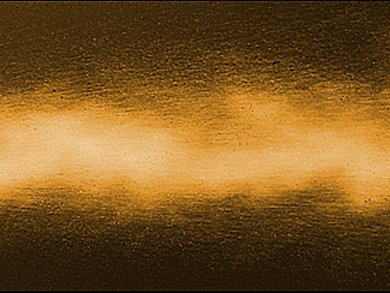Numerous threats from biological aerosol exposures – such as those from H1N1 influenza, SARS, bird flu, and bioterrorism activities – necessitate the development of a real-time bioaerosol sensing system – a long-standing challenge in the field.
Maosheng Yao, Xuefeng Guo, Tong Zhu, and colleagues, Peking University, China, designed and built an electrostatic air sampling system that can transfer airborne virus particles into small amounts of liquids. They fabricated nanowire sensor devices and applied both microfluidic channel and peristaltic pumps to deliver the collected airborne viruses for sensing. The biological aerosol detection events were recorded in a real-time manner using electrical signal amplifiers.
The display of detection data on remote platforms such as cell phone and computer was successfully demonstrated with a wireless module.
The work is expected to lead to innovative methods for biological aerosol monitoring. The researchers say that further improvements in each of the integrated elements could extend the system to real world applications.
- Integrating Silicon Nanowire Field Effect Transistor, Microfluidics and Air Sampling Techniques For Real-Time Monitoring Biological Aerosols,
Fangxia Shen, Miaomiao Tan, Zhenxing Wang, Maosheng Yao, Zhenqiang Xu, Yan Wu, Jindong Wang, Xuefeng Guo, Tong Zhu,
Environm. Sci. Technol. 2011.
DOI: 10.1021/es1043547




